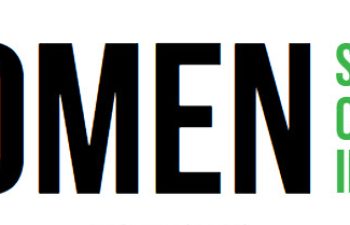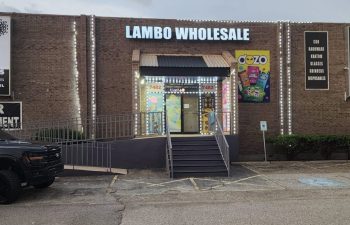Legends of the Fall (of High Times)
High Times, once a leading name in cannabis culture, now faces possible extinction as it enters receivership. This iconic brand, known for its groundbreaking work in the cannabis industry, is dismantled and its assets are up for sale.
High Times: A Brief Retrospective
High Times carved its place in history by publishing works from literary giants and becoming synonymous with cannabis culture. Its peak in 1987 saw a circulation of 500,000. However, the digital shift in the mid-2000s proved challenging, and the brand struggled to adapt.
Expansion and Missteps
To stay relevant, the publication expanded its operation beyond the boundaries of media, launching product lines, delivery services, and merchandise. These efforts failed to gain traction, and even the acquisition of Moxie did not turn the tide. The website, once a cultural touchstone, lost its edge.
Current State
Now, High Times’ assets, including its West Hollywood store and 420.com, are being auctioned. This dismantling is overseen by the same receiver who handled Herbl. The brand still holds recognition, but its future remains uncertain.
Reflection
The OG stoner mag’s story serves as a poignant reminder of the challenges within the cannabis industry. As the brand’s assets are sold, the community reflects on its impact and the lessons learned from its rise and fall.
For more details, visit the full article on MJBizDaily.
Feature photo licensed through Wikimedia.
The fact that not even a generational institution of the culture like the publication in discussion can survive in the era of legal cannabis is a cautionary tale for the ages, as well as a disturbing omen for the future. We’ll be actively following the story as it develops. Stay tuned to HQ – print, website and podcast – for more updates.




















